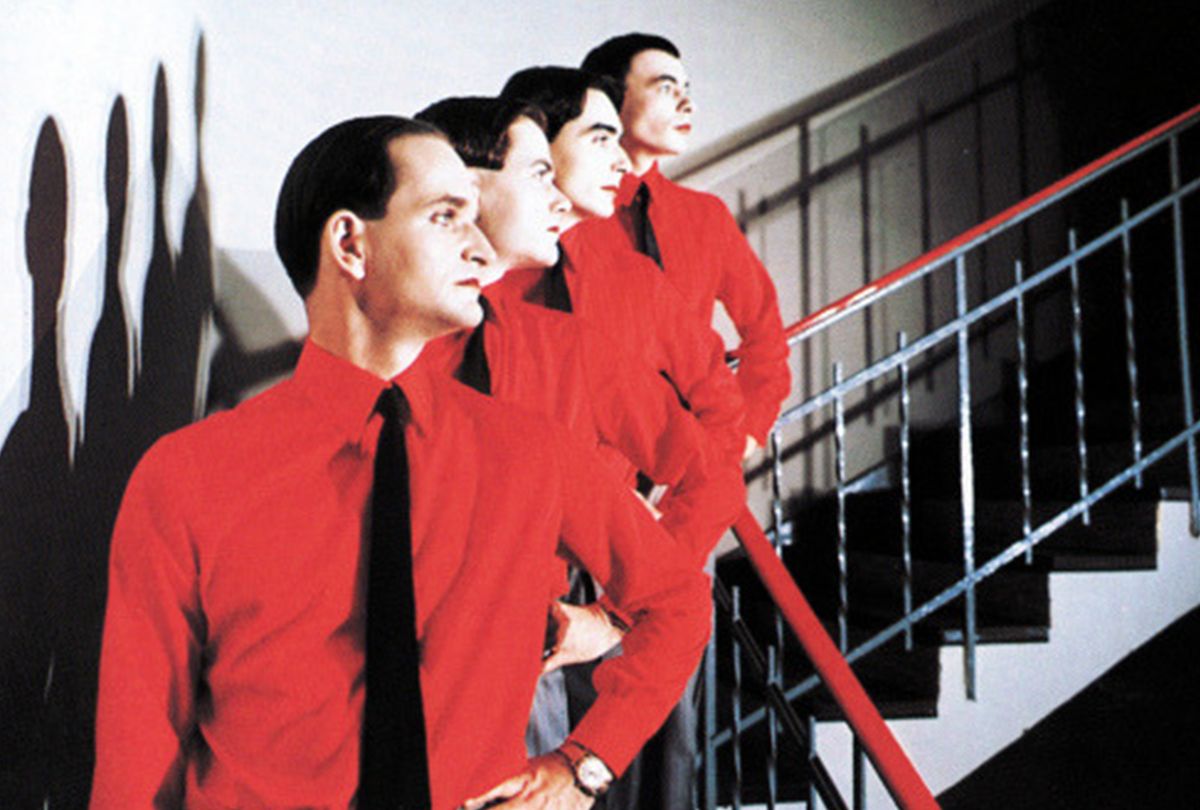The German musician Florian Schneider, the co-founder of the pioneering electronic music group Kraftwerk that employed graphic imagery in their progressive music videos and sound installations, died of cancer at the end of April shortly after his 73rd birthday, his family confirmed yesterday.
Schneider, along with fellow Kraftwerk co-founder Ralf Hütter, was represented by the German gallery Sprüth Magers. "Kraftwerk is not only music history; their visuals are also part of a discourse with video art," the gallery's co-founder Monika Sprüth says. "One of our most important tasks was to place concerts and shows in major museums including MoMA in New York, Tate in London and the Neue Nationalgalerie in Berlin.” Kraftwerk's 3D video installations incorporated a highly visual, conceptual sensibility and an avant-garde approach to music. These works were presented at the Städtische Galerie im Lenbachhaus, a municipal museum in Munich, in 2011 and Kraftwerk performed a series of concerts at the Fondation Louis Vuitton in Paris in 2014. Hütter and Schneider were both honoured with the Grammy Lifetime Achievement Award in 2014.
Born in 1947 in the state of Baden-Württemberg in southwest Germany, to an architect father, Schneider learnt the flute and studied at the Düsseldorf Conservatory, where he met Hütter. Turning their backs on classical music in pursuit of experimental sounds and initially creating some of their own instruments (such as Schneider’s electronic flute), they formed a music studio in 1970 in an industrial part of Düsseldorf. The studio would later become known as Kling Klang and the band’s name Kraftwerk meant “power plant” in German.
Schneider and Hütter's early days were intrinsically linked to the ZERO art movement created by Otto Piene and Heinz Mack in Düsseldorf. The duo gave their first concert in 1968 at the underground club Creamcheese, founded by the artist Günther Uecker, an early member of ZERO.
Describing themselves as “klangchemiker” or sound chemists, Kraftwerk released their acclaimed album “Autobahn” (Motorway) in 1974, followed by “Trans-Europe Express” in 1977. A master of dramaturgy, Schneider created theatrical concerts where performers adopted the appearance of humanoids, acting out to repetitive music. After being critiqued for this portrayal of emotionless machines, Kraftwerk pushed this idea to its limit in the 1978 album, “The Robots”. A keen admirer of Kraftwerk was musician and artist David Bowie, who paid homage to Schneider by baptising a track on his 1977 “Heroes” album “V-2 Schneider”.
Later, when Kraftwerk desired to make aesthetically compelling videos, they tapped the New York digital artist Rebecca Allen. She created the visual material for the 1986 album “Electric Café”, including the video “Musique Non Stop” which was an early example of 3D graphics and featured facial animation software capturing the personalities of Kraftwerk’s members.


